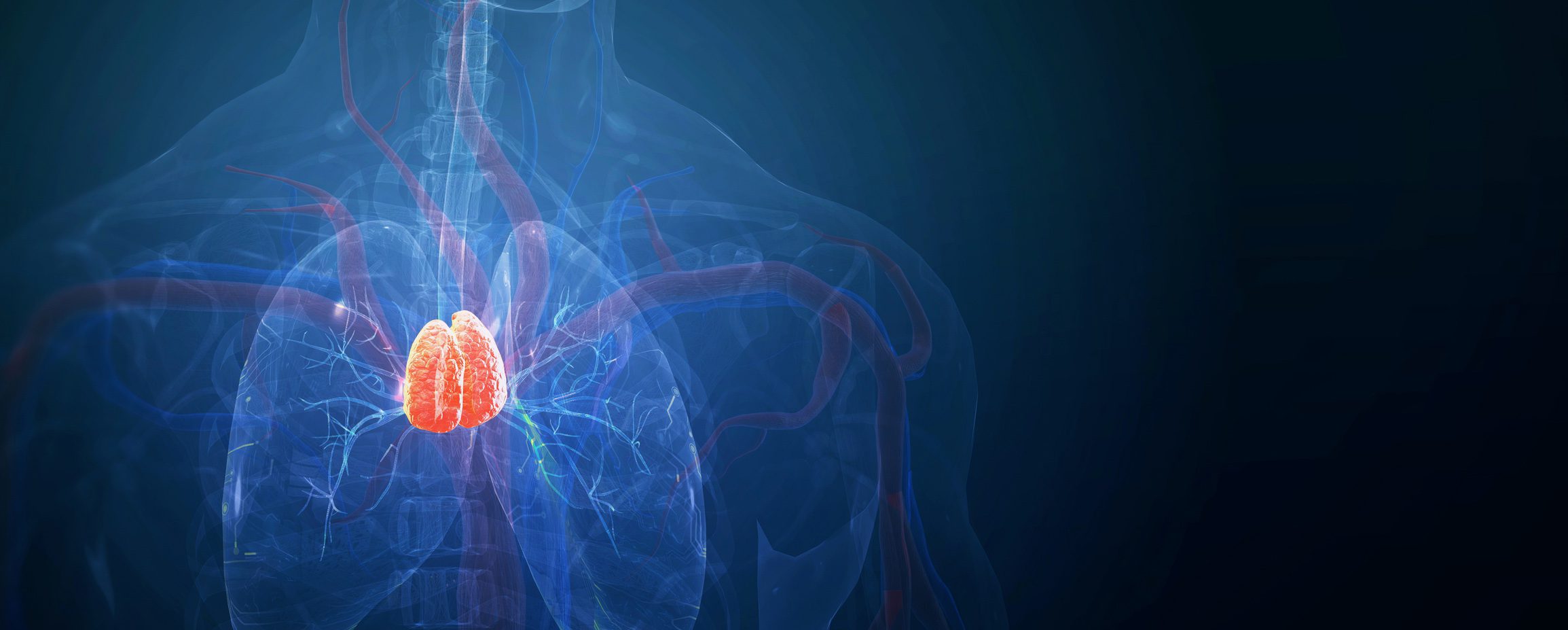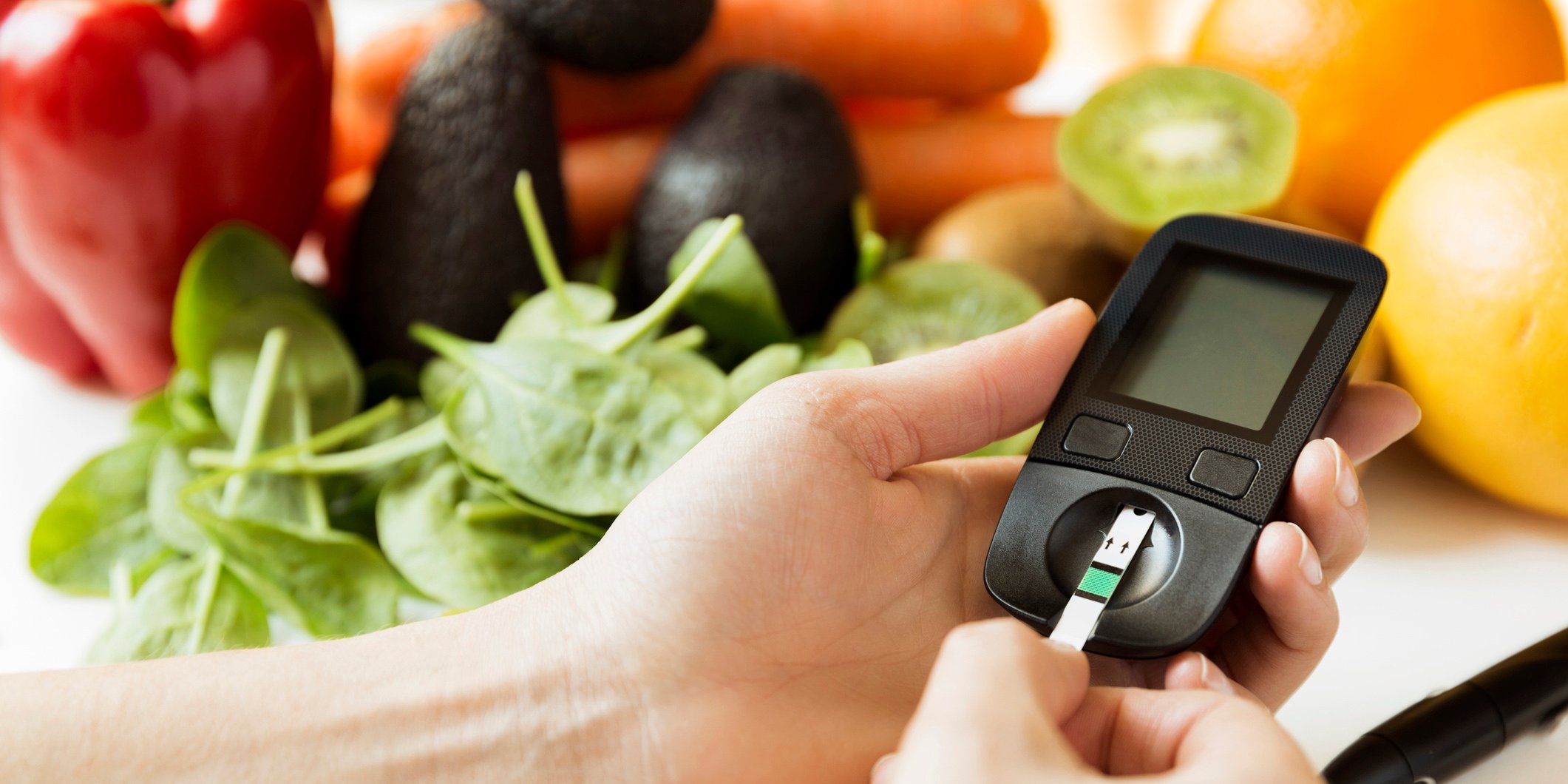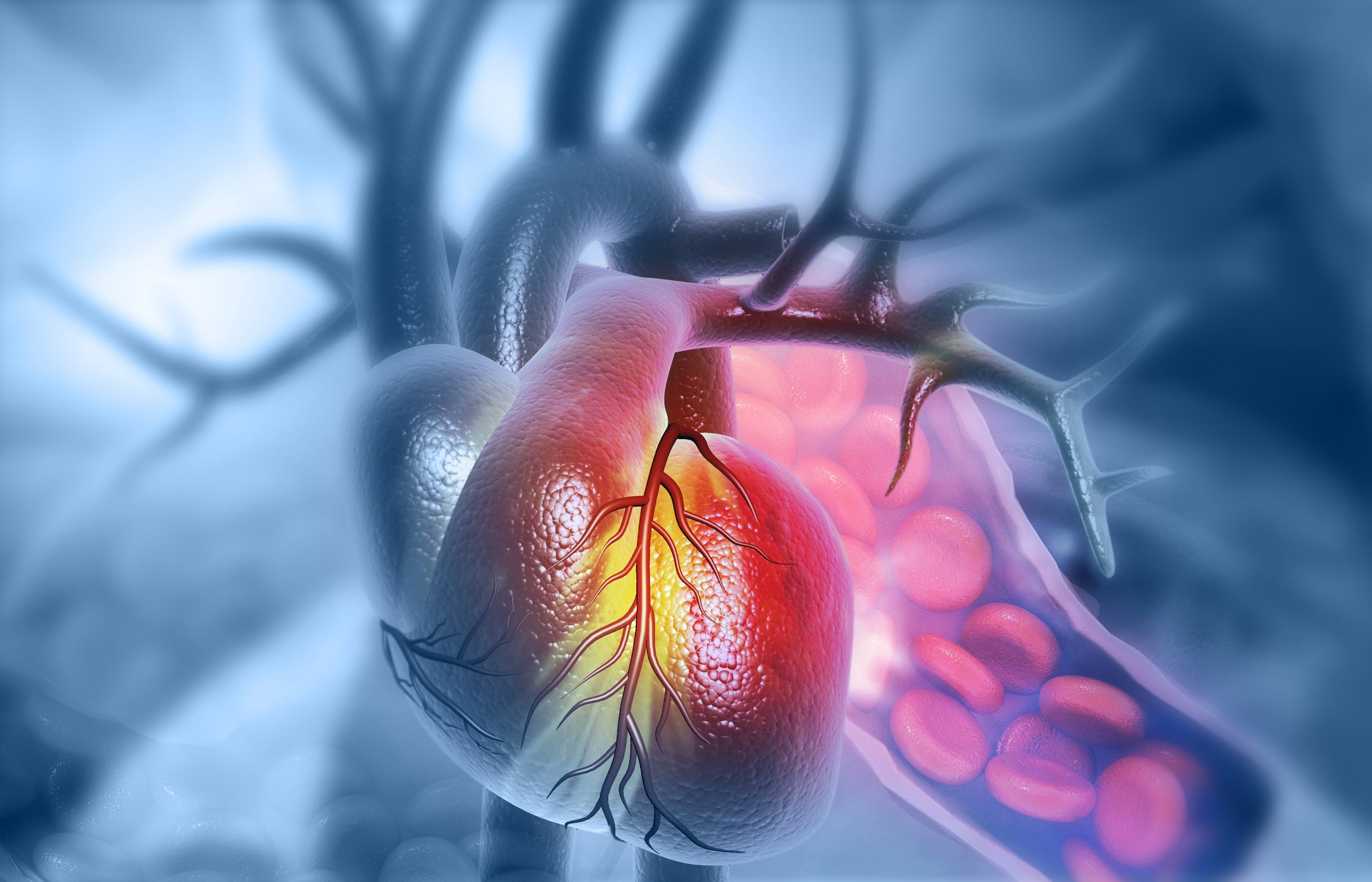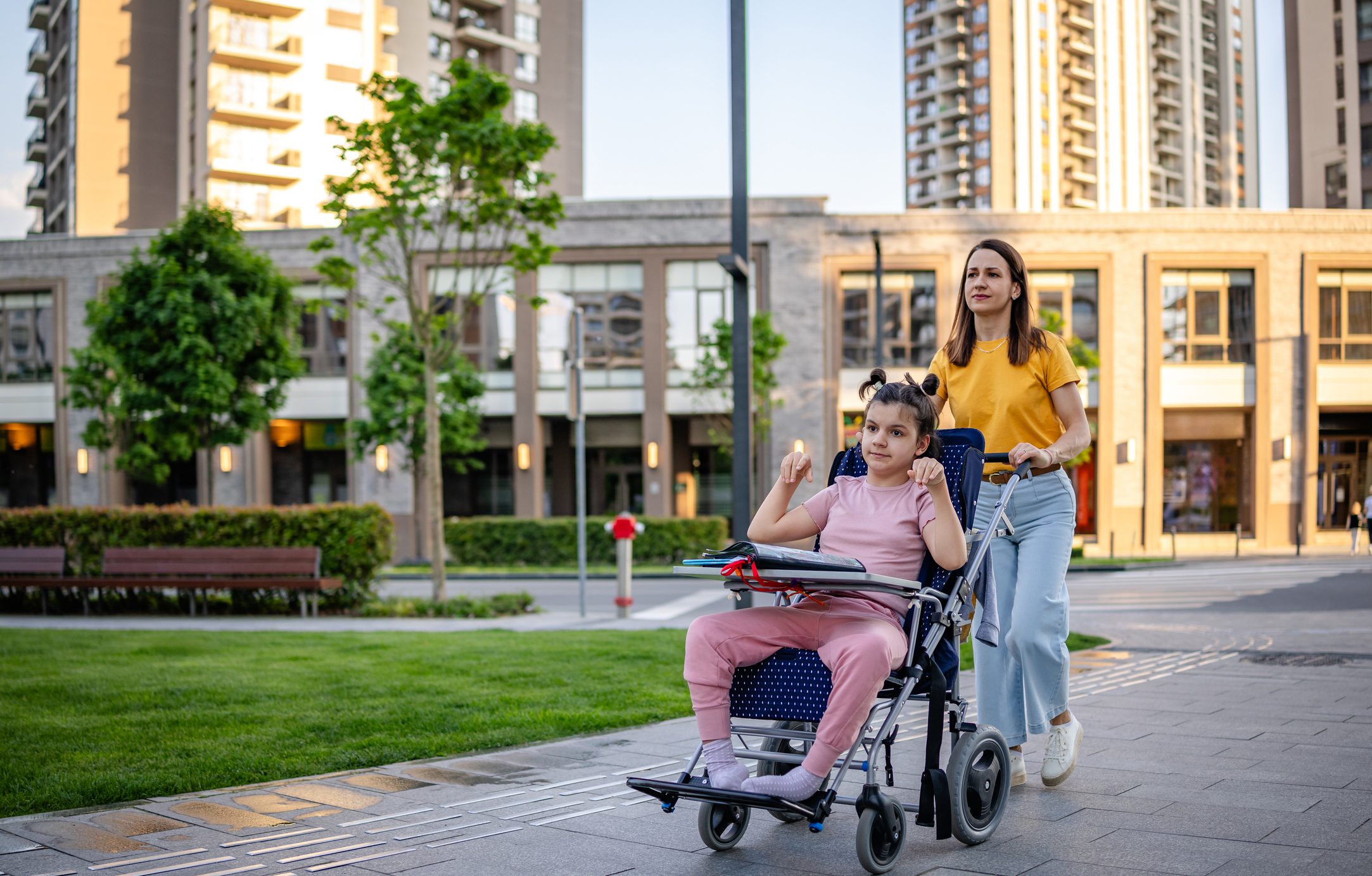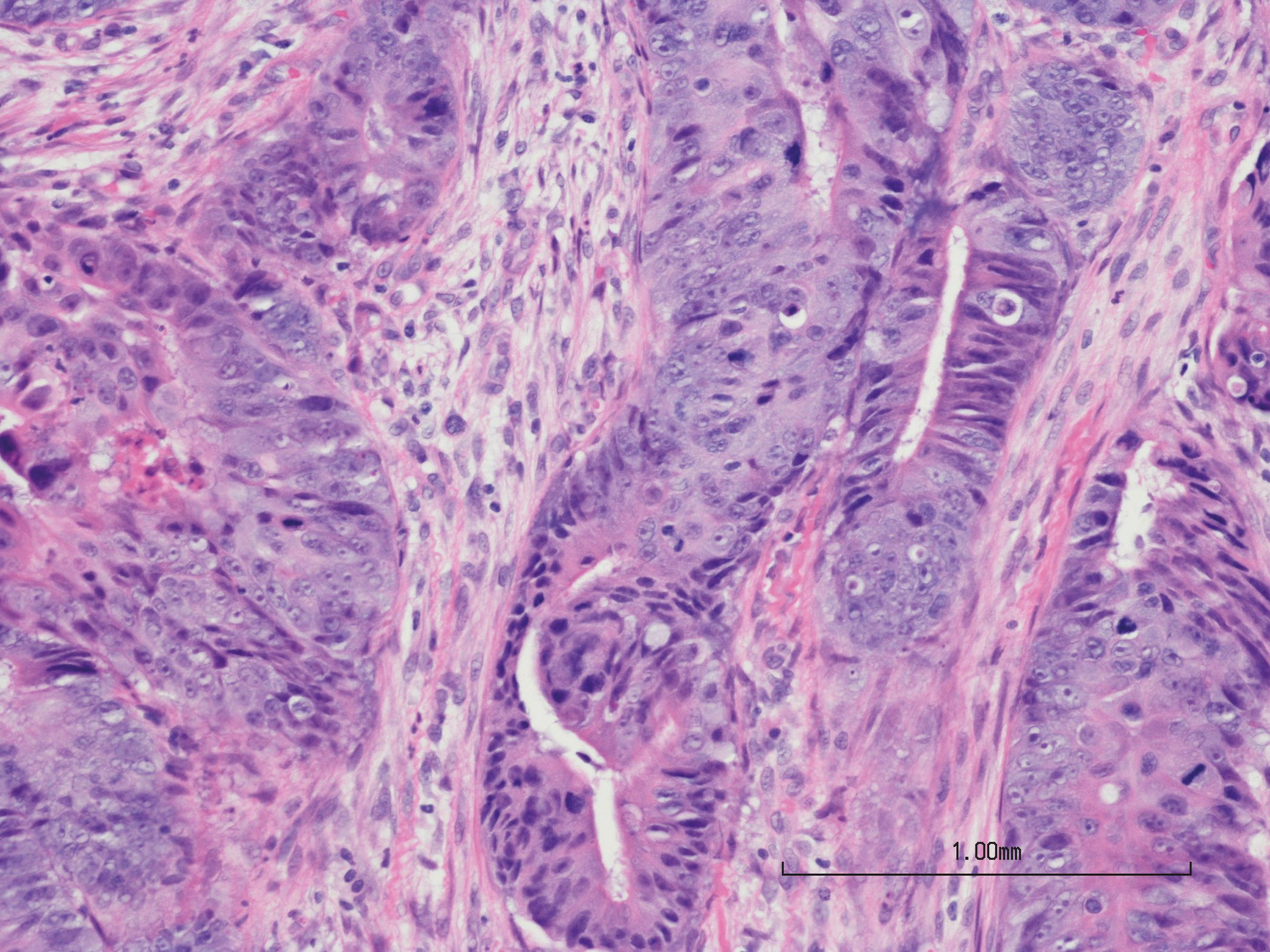Patience is needed for the treatment of nail psoriasis. This applies to both local and systemic forms of therapy. Due to the slow growth of the nails, treatment successes only become visible with a time delay. Since nail psoriasis is associated with psoriatic arthritis and the presence of joint involvement may have therapeutic implications, patients should be checked regularly to see if they have any signs of joint discomfort.
Treatment options for nail psoriasis include topical preparations, intralesional injections, and various systemic agents. Therapy often proves to be a lengthy process, as nail growth is relatively slow compared to the skin, explained Prof. Bertrand Richert, MD, Centre Hospitalier Universitaire Brugmann, Brussels (Belgium), at this year’s annual meeting of the Academy of Dermatology and Veneorology (EADV) in Milano [1]. Fingernails are renewed within 6 months, toenails need 12-18 months. The most appropriate therapeutic option depends, among other factors, on the location of the nail infestation, the number of affected nails, the presence of skin lesions and/or joint involvement, and certain comorbidities. The psoriatic nail is a risk factor for secondary mycotic infections. If there are appropriate signs, a mycological examination should be performed before treatment [3].
Which local therapeutics have proven effective so far?
Topical treatment options for nail psoriasis may include corticosteroids (e.g., clobetasol diproprionate), tazarotene, vitamin D analogs, or calcipotriol/betamethasone. With regular and consistent use of topical preparations over several months, significant improvement can be achieved in some cases. In case of onycholysis, the affected nails should be removed before topical treatment. As another local treatment option, Prof. Richert mentions intralesional injections with triamcinolone 10 mg/ml, every 3-8 weeks [4]. This should be done under local anesthesia, otherwise it can be very painful. In addition, intralesionally applied methotrexate (2.5 mg/ml), 1×/month, for a period of three months has been shown to be an effective treatment in individual studies [5,6]. “It seems to be a promising treatment option, but more studies are needed to determine the best dosage and frequency of use,” said Prof. Richert [1].
If local treatment is not sufficient: Consider system therapy
The NAPSI (Nail Psoriasis Severity Index) (Tab. 1) or the NAPPA score (Nail Assessment in Psoriasis and Psoriatic Arthritis) can be used to objectively assess severity and progression. Systemic therapy may be appropriate for moderate to severe nail involvement (NAPSI >10), severe nail changes (nail dystrophies), functional limitations, or high impairment of quality of life (DLQI >10). In a retrospective comparative study by Sanchez-Regana et al. showed that actitretin, methotrexate, and ciclosporin achieved similar reductions in NAPSI score at week 24 [7].

Methotrexate: Systemically applied methotrexate is a very good treatment option, according to Prof. Richert [1]. This is shown by case reports in which methotrexate s.c. (17.5 mg/week) was used. After 8 months, there was a marked improvement and at week 52, a 50% reduction in NAPSI manifested. It should be noted that methotrexate s.c. shows better efficacy in matrix involvement than in nail bed involvement [8].
Acitretin: Regarding acitretin, it is very important that a low dosage is used. Treatment with acitretin 0.2-0.3 mg/kg/d resulted in over 40% reduction in NAPSI after 6 months. Acitretin is most effective for hyperkeratosis around the nail bed [9].
Ciclosporin: With Ciclosporin 3-5 mg/kg/d rapid results can be achieved, but within a short time after discontinuation a relapse is to be expected, Prof. Richert points out [8].
Apremilast: In a small empiric study in patients with nail psoriasis, apremilast (30 mg, 2×/d) was found to be effective. At week 36 (n=6), an average improvement of 64% was achieved in mNAPSI [10]. It also appears to be an interesting treatment option, but currently the data is relatively small, the speaker said.
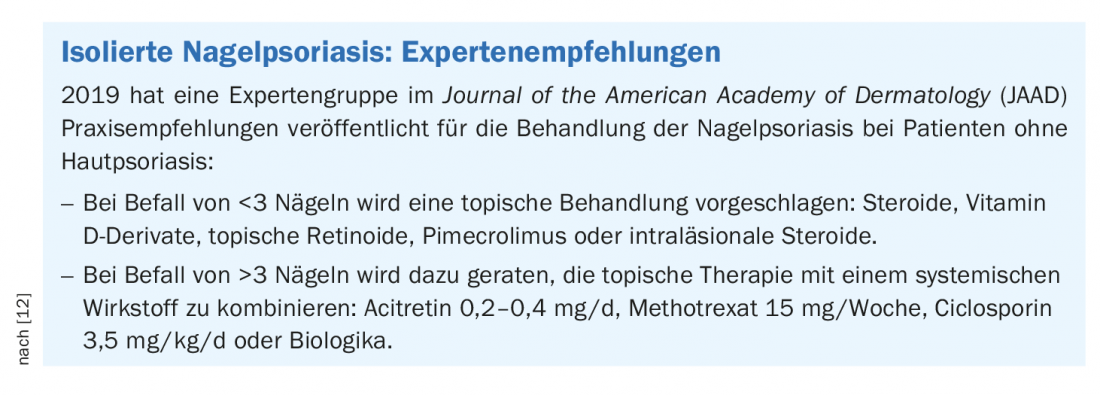
The choice is particularly wide for biologics – patient-oriented decision-making
Even with the use of biologic system therapies, nail psoriasis is difficult to treat, the speaker said. Compared to skin psoriasis, the response to therapy is significantly slower. An assessment of efficacy is useful after 6 months of treatment in each case. It is difficult to make a statement about which drug class of the currently available biologics (anti-TNF-alpha, anti-IL12/23, anti-IL17, anti-IL23) is to be preferred for the treatment of nail infestation. So far, no clear superiority of a particular active substance has been shown. In a 2021 network meta-analysis by Reich et al. the efficacy of infliximab, ustekinumab, guselkumab, adalimumab, brodalumab, and ixekizumab was compared with respect to the healing of nail psoriasis [11]. The speaker summarized that no clear superiority of a biologic could be deduced from this either, although ixekizumab had shown a somewhat faster response compared to the other agents. A very important criterion for the choice of biologic is whether psoriatic arthritis is present or not, emphasizes Prof. Richert. If patients with nail psoriasis have joint involvement, the speaker recommends the use of TNF-alpha inhibitors or IL17 inhibitors as first-line treatment. There is currently only a small evidence base for the use of JAK inhibitors in nail psoriasis, the speaker said.
Last, but not least, it is important to point out to patients that they need adequate protection of the nail apparatus. These include cutting nails short and wearing gloves when in contact with liquids. An isomorphic stimulus effect, also called Köbner effect, should be avoided. This refers to efflorescences that occur after mechanical, chemical or thermal irritation on previously unchanged sections. For operating tablets or cell phones, the speaker recommends the use of a pen. However, filing or manicuring the nails can also aggravate nail psoriasis.
Congress: EADV Annual Meeting
Literature:
- “Nail psoriasis: best management and new insights,” Prof. Bertrand Richert, MD, Presentation ID D1T01.1D, EADV Annual Meeting, Sept. 7-10, 2022.
- Painsi C: Therapeutic options for nail psoriasis, DFP literature review, www.oeadf.at/files/E-Learning/ClinicumDerma_11_052017.pdf, (last accessed 20/09/2022).
- Oram Y, Akkaya AD: Treatment of nail psoriasis: common concepts and new trends. Dermatol Res Pract 2013; 2013: 180496.
- de Berker DA, Lawrence CM: A simplified protocol of steroid injection for psoriatic nail dystrophy. Br J Dermatol 1998; 138(1): 90-95.
- Mokni S, et al: A Case of Nail Psoriasis successfully treated with intralesional Methotrexate. Dermatol Thera (Heidelb) 2018; 8(4): 647-651.
- Choudhary P, et al: Treatment of nail psoriasis with intramatrical methotrexate: An uncontrolled prospective study of 20 patients. JAAD 2021; 84: 526-528.
- Sanchez Regana M, et al: Nail psoriasis: a retrospective study on the effectiveness of systemic treatments (classical and biological therapy). JEADV 2011; 25: 579-586.
- Amatore F, et al; Psoriasis Research Group of the French Society of Dermatology (Groupe de Recherche sur le Psoriasis de la Société Française de Dermatologie). French guidelines on the use of systemic treatments for moderate-to-severe psoriasis in adults. JEADV 2019; 33(3): 464-483.
- Ricceri F, et al: Treatment of severe nail psoriasis with acitretin: an impressive therapeutic result. Dermatol Thera 2013; 26: 77-78.
- Oak ASW, Ho-Pham H, Elewski BE: mprovement of 11 patients with nail psoriasis with apremilast: results of an investigator-initiated open-label study. JAAD 2020; 83(6): 1830-1832.
- Reich K, et al: Network meta-analysis comparing the efficacy of biologic treatments for achieving complete resolution of nail psoriasis. J Dermatol Treat 2021(1): 1-9.
- Rigopoulos D, et al: Recommendations for the definition, evaluation, and treatment of nail psoriasis in adult patients with no or mild skin psoriasis: A dermatologist and nail expert group consensus. JAAD 2019; 81(1): 228-240.
- Canal-García E, et al: Nail Psoriasis. Actas Dermosifiliogr 2022; 113(5): 481-490.
DERMATOLOGIE PRAXIS 2022; 32(5): 46-48





